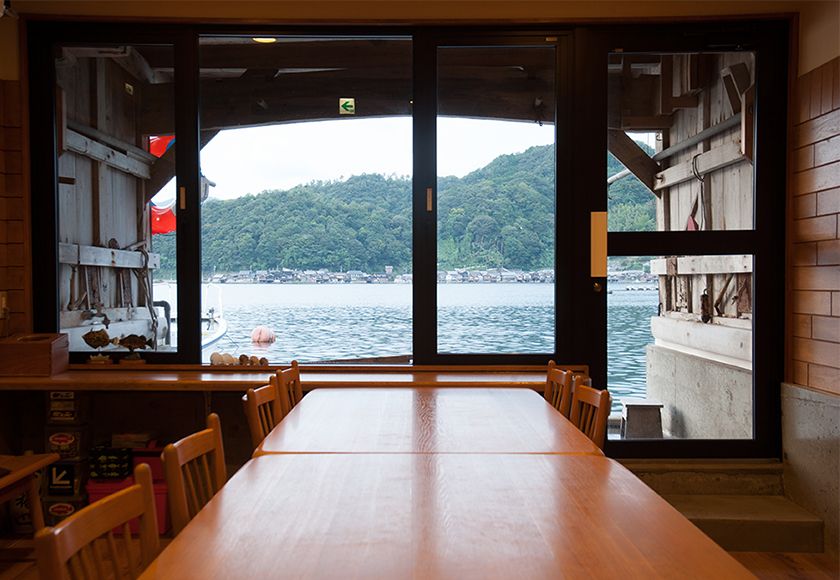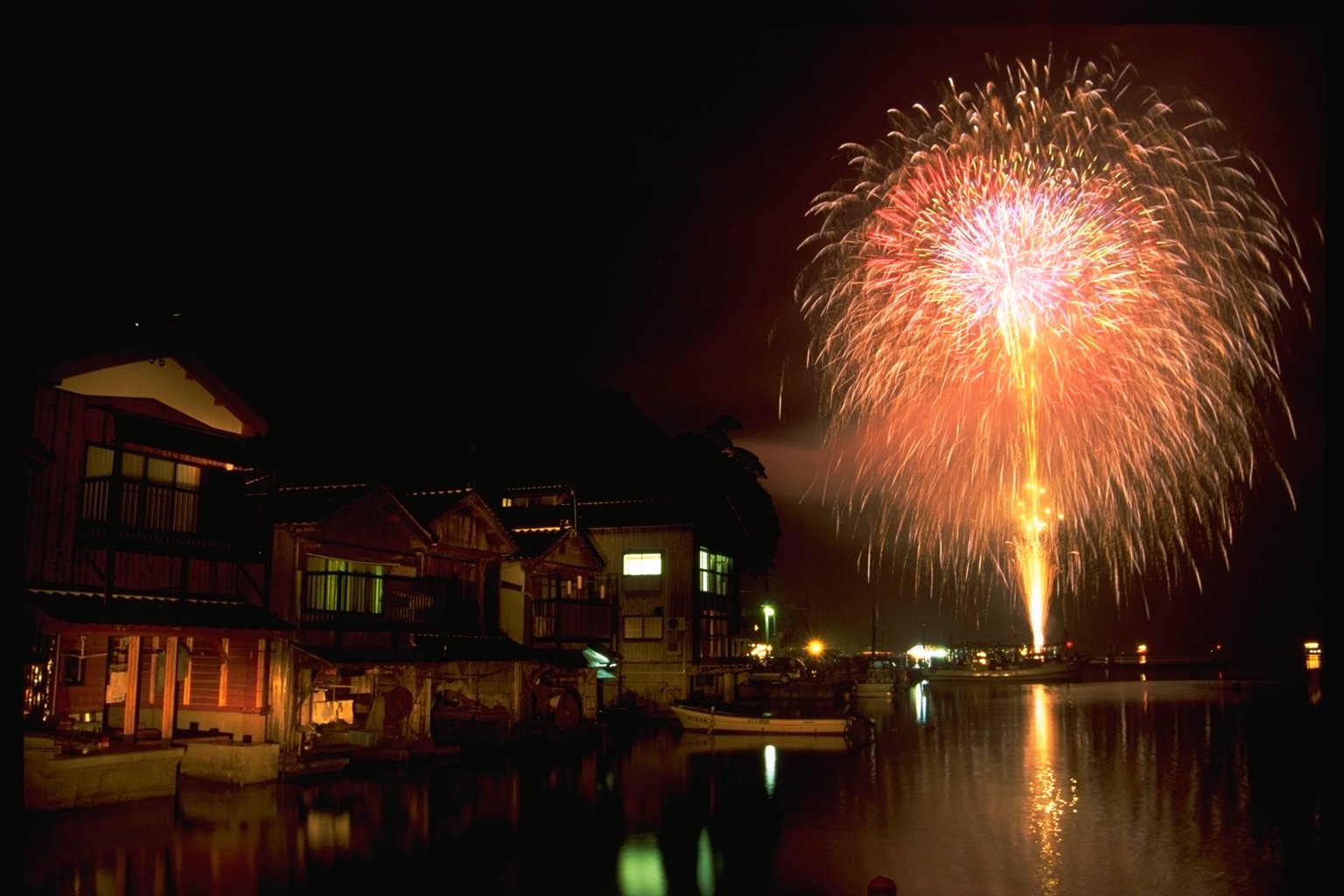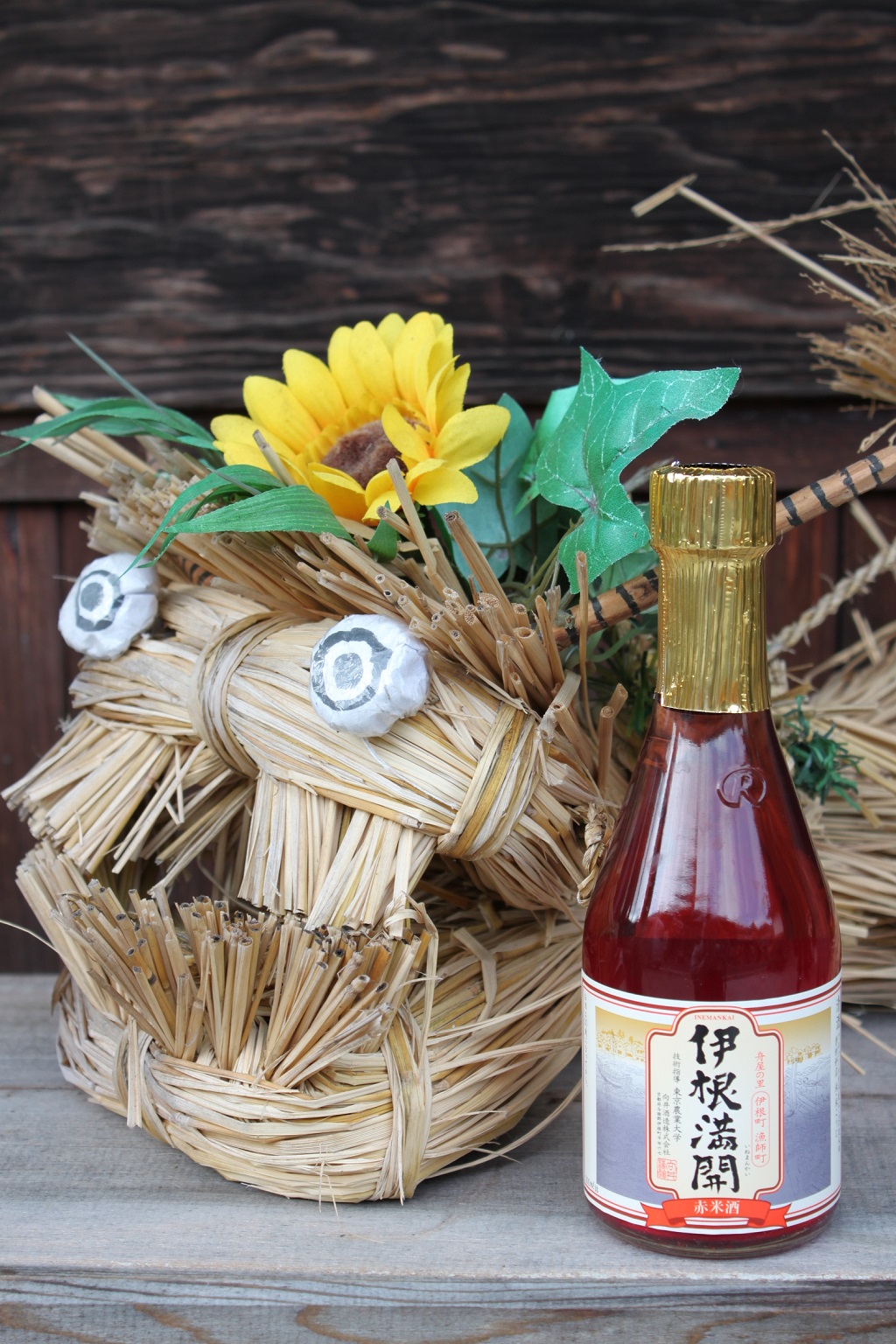Ine Bay



Ine Bay is famous for boat houses, known as the Ine funaya across the world, and they have become one of Japan’s landmark spots. Ine Bay is lined with 230 funaya dating back to the early 1800s. Traditionally used in conjunction with houses to stow boats and provide extra storage, now many of these historic buildings have been converted into Japanese inns, living spaces, and quaint cafes while still retaining their original designs. The people of Ine still live in harmony with the sea as the bay is a fishing port, but it’s also a center of cultural identity; the bay is the setting for spectacular fireworks and local festivals, a world renowned sake brewery, and views that really have no parallel anywhere in the world.
Trivia: Why has this bay remained so pristine when nearly all of the towns that historically built boat houses have suffered destruction at the hands of nature?
Answer: Ine Bay is quite unique in Japan because it faces south. It is buffeted from the Japanese Sea by a line of mountains, keeping the waters calm year round, with little rise or fall of the water levels. Because of this the people were able to build their boat houses right on the water, and they have been preserved to this day (and are a part of the Japan Heritage Group of Cultural Preservation Buildings).
Highlights:
1. Ine Bay, part of UNESCO’s “Worlds most beautiful bays” club. Explore the bay in a variety of ways, from sea kayaking along the house-lined perimeter, or the nearby caves and rock formations. Take a small sea taxi around the bay. This is traditionally the way most people went to visit their neighbors, by private boats. In fact, more people had boating licenses than drivers’ licenses in the town! You can also take a larger double-decker boat to see more of the bay and neighboring waters. And if you have time, have a swim in the calm waters that are clear to their depths.
2. Mukai Shuzo sake brewery
In a world where sake breweries are run by men, Mukai Shuzo breaks the mold with a female brewmaster. And she isn’t just making good sake, her creations have been featured in Denmark’s 2-Star Michelin Restaurant, Noma, as well as Belgium’s 2-star Michelin Restaurant, The Jane. Part of her success comes from her signature Ine Mankai sake, using locally grown red rice. It looks more like wine with its unique reddish-pink color, and its sweeter than their clear sake. It pairs excellently with food and is a highly sought-after product throughout Japan.
3. For the ultimate experience in Ine, try staying in an inn or boat house in Ine Bay. Some of the boat houses have been renovated for visitors wishing to stay right on the Bay. With the wavelets lapping at the sides of your accommodation, you can look out on scene of Japan-unchanged.

